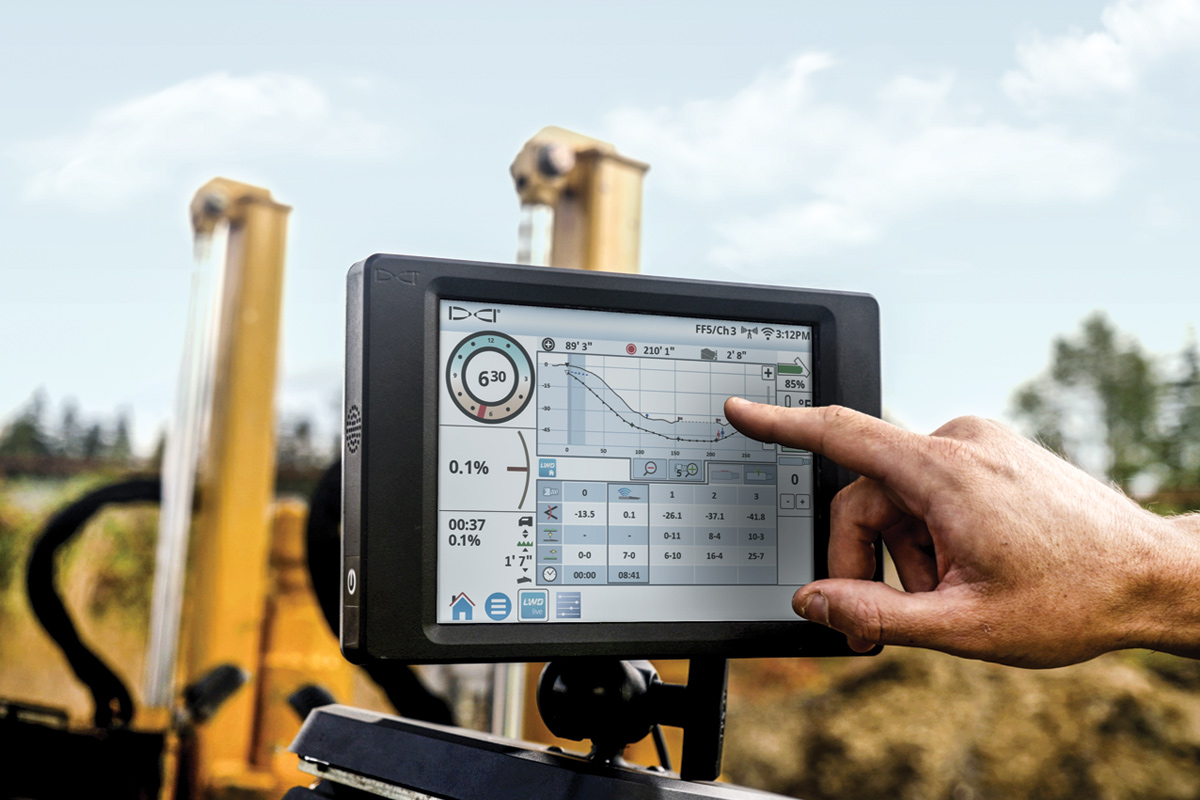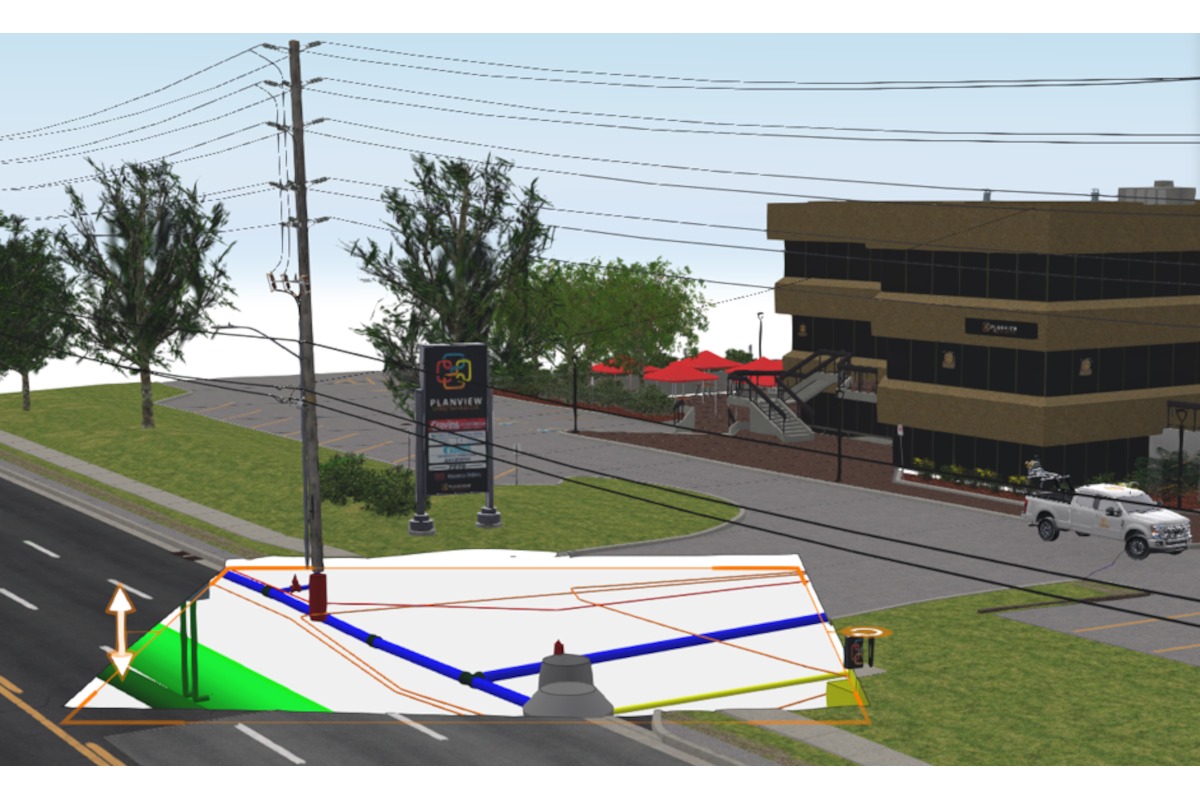
How to Best Secure Your Construction Jobsite
Sizing Up the Cost for Protecting your Jobsite
Each year, $300 million to $1 billion of construction equipment is stolen from jobsites across the United States. The average estimated value of a piece of equipment stolen is more than $29,000, and projects can be delayed while waiting on equipment and materials to be replaced.
A study by Caterpillar found that idle time can range from 400 to 800 nonproductive hours per year per machine, resulting in additional annual costs of up to $3,120.
What’s more, the majority of the tools stolen are never to be seen again, with only 25 percent recovered annually. Stolen equipment not only strains a firm’s budget, it can cause project delays and impact client satisfaction.
To help combat theft, construction firms have multiple construction site security methods at their disposal: onsite security guards, fencing, drones and security cameras are all viable options. Which system is the most effective and has the highest return on investment (ROI)? We’ve done the heavy lifting to break down the pros, cons, and costs — and, importantly, the value — for each security method in this blog post.

Onsite Security Guards
An onsite security guard can intervene when an incident occurs, immediately. However, that convenience comes with a hefty fee: A year’s worth of round-the-clock surveillance will cost you about $262,000 — and that’s assuming you only have one guard onsite at a time. The average cost of a security guard runs $30 to 65 per hour, depending on their experience and whether or not they’re armed. The more guards you need per project, the more significant that investment gets for both you and your client.
Besides the high cost, there are additional drawbacks of using security guards to protect the jobsite:
- A guard has limited visibility and must walk around the site to make sure all is well. For large sites, this is inefficient.
- Guards can be harmed. Persistent criminals may not be dissuaded by their presence.
- There is additional overhead involved with managing onsite security guards. Someone on your staff has to organize their hours and payment, and make alternative arrangements should security personnel call in sick or fail to show up for work.
- A security guard can only do one thing: Watch the jobsite. And if an incident occurs, there may not be any evidence other than his or her personal account of the situation, which makes police investigations challenging and potentially less effective.
Fencing

Most construction firms use fencing on the jobsite to deter thieves, as creating a physical barrier is a good first line of defense, barring other methods. However, fencing can get very expensive, particularly for larger sites. Pricing for a 6-ft tall temporary fence will typically run between $3 and $5 per lf. For extra protection, such as a privacy screen or barbed wire, you’ll incur additional fees.
But fencing alone does not deter theft or vandalism; it’s easy for criminals to hop a 6-ft fence. What’s more, fencing doesn’t prevent insider theft, which can add up to significant losses. Time theft alone, which can be prevented with other surveillance methods such as cameras, can cost construction firms tens of thousands of dollars per year.
Drones
All the new buzz in the tech world is about drones. As technology improves, there is an increasing opportunity for site surveillance with drones, but with a high price tag. The initial investment for a surveillance drone on the low end starts at $9,950, and operating costs with surveillance software begin at roughly $3 per hour. For a year’s worth of drone surveillance, that adds up to over $36,000. The catch is that it’s physically impossible to have 24/7 surveillance with one drone, as batteries must be recharged periodically. Firms would need to purchase and operate multiple drones for full-time surveillance.

Still, drones provide additional value. Video footage and photos can be used for marketing purposes, and they can help keep remote stakeholders in the loop about job progress. Drones can also be used to survey lands that are difficult to access or would take surveyors hours to cover on foot. Yet, there are numerous restrictions to using drones, particularly on sites that are close to airports or military bases.

Construction Cameras
Construction cameras are arguably the best way to implement reliable jobsite security, and they’re cost-effective, especially compared to other methods. Advanced 110V construction cameras range from $2,000 to $7,000, depending on the capabilities. Service fees range from $225 to $400 per month. Most job sites will benefit from at least two construction cameras.
Contractors have a wide range of options, including fixed cameras; robotic 360-degree cameras with pan, tilt, and zoom; mobile camera trailers, and more. Many offer HD photos and video at 720p or better for clear, high-quality images, and the ability to change the camera’s angle remotely to get a better view.
Some advanced camera systems even include motion detection. They can be configured to detect motion after hours and trigger customized text and email alerts. Live-stream capabilities enable you to verify a crime is occurring, and you can quickly notify the police and potentially prevent the intruder from making away with your property. After the incident, you benefit from full visual evidence that can help with police investigations and insurance claims. Cameras can also be placed at various points across the jobsite to monitor workers’ behavior, which prevents insider theft. For example, a camera placed at the jobsite entrance provides proof of when workers arrive and leave, making time theft impossible.

The Verdict Is In: Construction Cameras Win for ROI
While drones are flashy and cool, and security guards and fences seem practical, the value exchange for the investment in any of these solutions is less than desirable. Construction cameras provide tremendous additional cost-savings in the following areas, offsetting the initial investment:
- Compliance: With cameras surveying worker and subcontractor behavior, people on your jobsite are more likely to follow regulations and policies. Additionally, photos and video can be used to provide evidence of compliance should your firm be subject to an audit.
- Injury prevention: Cameras can be used to enforce safety regulations that protect workers, and project managers can view jobsite activity remotely to spot and address potential safety hazards early before there’s an accident.
- Productivity: Knowing cameras are present on the jobsite has been shown to increase worker productivity and efficiency. This can help you complete projects faster.
- Marketing: Aside from providing security, construction cameras can be used to create custom time-lapses, before and after photos, 360-degree panoramicphotos, and other visuals to enhance any digital or printed promotional materials. They may also feature photo and video editing tools that can simplify the reuse of footage and visuals for a variety of purposes, such as marketing, public relations, and stakeholder communications.
This article was provided by TrueLook.




